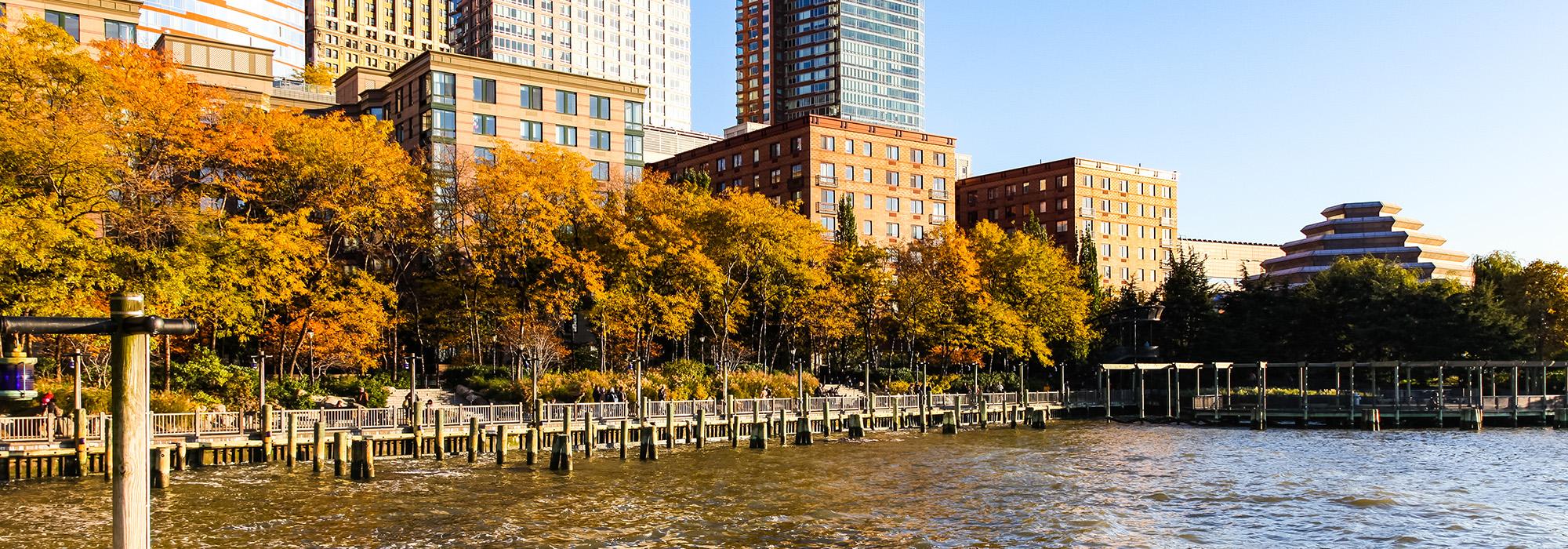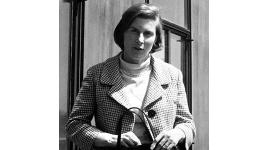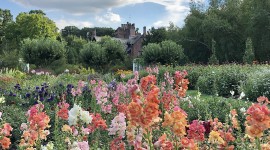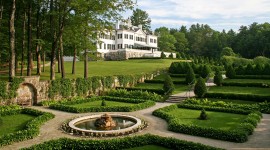TCLF Remembers Susan Child
Editor's Note: This Pioneer biography of Susan Child, written for TCLF by Nicholas Serrano in 2017, has been updated and reposted on the occasion of Child's passing on November 13, 2018.
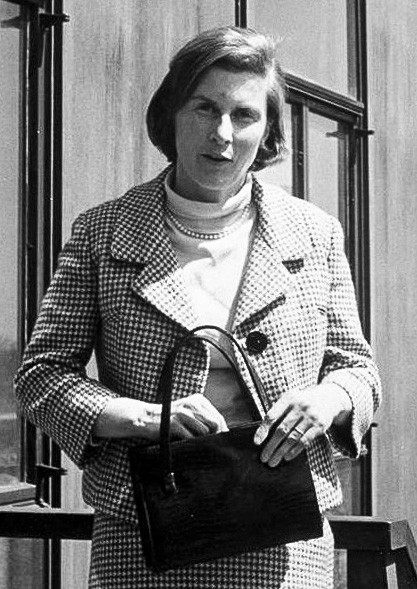
Born in 1928, Susan Child came to the profession of landscape architecture later in life, after raising a family and working as an advocate for urban gardening. A longtime resident of New England, Child graduated from Vassar College in 1950 with extensive coursework in art history and French. She then moved to Boston and immersed herself in various societies dedicated to the appreciation of art, gardening, and culture, serving on the Boards of Trustees for multiple organizations. With her family, she frequently vacationed to and gardened on a farm along the estuary of the Westport River in southeastern Massachusetts that was created by her father-in-law Josiah Child, an architect trained at the École des Beaux-Arts in Paris. The family farm was an important influence on her life and design work, and Child cites it as having the deepest impression on her sensitivity to the built environment.
After twenty years dedicated to community and family, Child pursued her allied interests in gardening and art through a graduate certificate in landscape and environmental design at the Radcliffe Institute, graduating in 1975. At Radcliffe, a course by Diane McGuire on the “Intellectual History of Garden Art” was particularly influential, an early incubator of Child’s historically conscious and theoretically motivated design perspective.
Child worked for the City of Boston from 1975 to 1978 as project manager with the mayor’s program for Revitalization of Vacant Lots (REVIVAL) and “The Greening of Boston” Neighborhood Improvement Program, as well as coordinating many Parks and Recreation Department projects. Working in the public sector, often with an emphasis on urban horticulture, was a natural expansion of her talents and reinforced Child's collaborative work ethic, yet she longed for a greater focus on the art of design. In 1978 she enrolled in the master's program in landscape architecture at the Harvard Graduate School of Design (GSD). At the GSD, Child found a mentor in then-department head Peter Walker. Her background in art history allowed Child to appreciate Walker’s perspective of landscape as art and his emphasis on theoretical approaches to design, both of which were highly influential on her career and are visibly present in her later practice. During her second year at Harvard, an exhibition on the work of Dan Kiley, Modern Classicist, which captured the landscape architect’s clarity, logic, and rational ordering of space, inspired Child and informed her subsequent design ethos.
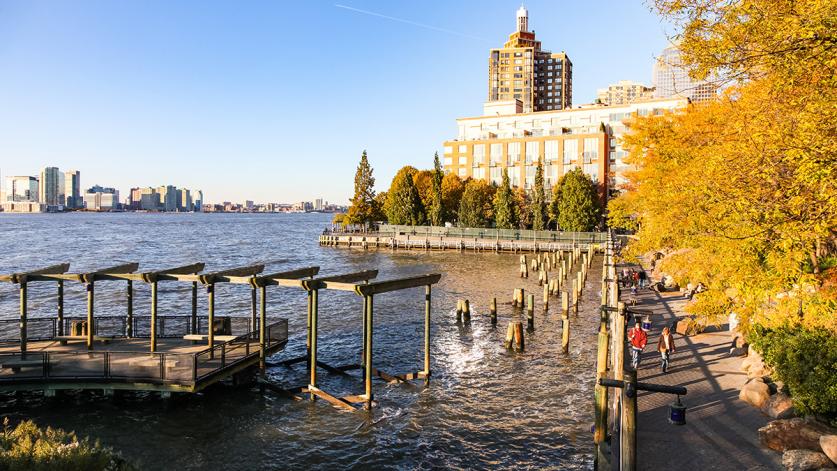
Upon graduation in 1981 Child partnered with Harvard professor Peter Hornbeck to found the landscape architecture firm Child, Hornbeck Associates, Inc, in Boston. Within months, Douglas Reed, whom Child had met as a classmate at Harvard, joined the firm, first as an associate and later as a partner when Hornbeck departed in 1984 (at which point the firm became Child Associates, Inc., Landscape Architecture). Child’s ability to conceptualize landscape, draw from precedent, and employ minimal means in her expression of place influenced numerous colleagues, including Reed, Duncan Alford, Anita Berrizbeitia, Chris Moyles, and John Grove.
One of the firm’s first major commissions was the 1984 plan for the restoration of Stan Hywet Hall in Akron, Ohio, a 70-acre estate originally designed by Warren Manning that had fallen into disrepair. Through a review of limited historic documentation, oral histories of family members, and intense study of existing site evidence, Child Associates extracted the essence of its early-twentieth-century Country Place-era design and situated Stan Hywet as one of Manning’s most significant residential works. Child noted the necessity of research and incorporating historic precedent in the historic preservation work, “not as replication but as a source of inspiration or possible metaphor,” to ground the work in a larger cultural narrative. Stan Hywet Hall was the first of many historic designed landscapes that Child Associates approached in this way, including D.W. Field Park, Brockton, Massachusetts (1985-1989); Weir Farm, Wilton, Connecticut (1992-1997); and Franklin Park in Boston (1995-1998).
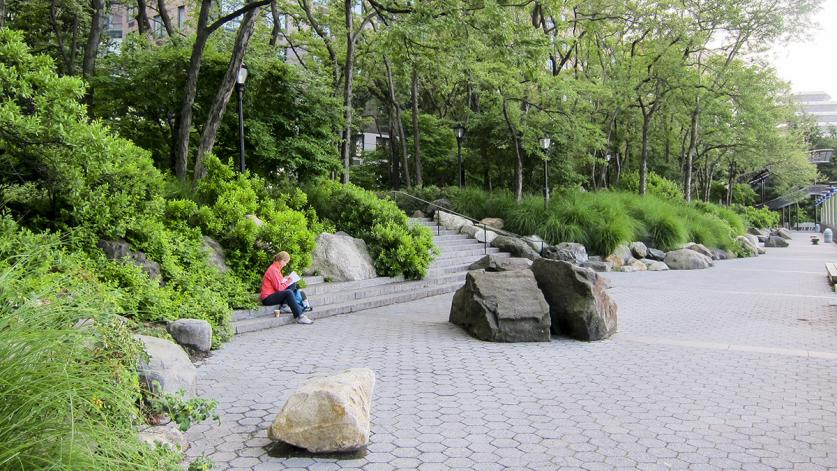
Child’s magnum opus, South Cove at Battery Park in New York City (1985-1989), was a collaborative effort with artist Mary Miss and architect Stan Eckstut, a team assembled under the direction of the Battery Park City Authority’s Amanda Burden and Thomas Kozlowski, whom Child and Reed had met at the GSD. Eckstut, with his firm, Cooper Robertson Eckstut, developed the master plan of Battery Park City. Miss’ sculptural, urban site intervention work was compatible with Child’s fascination with landscape as “art at the service of people.” Challenged to design a 3.5-acre park on a concrete platform suspended over landfill at the river’s edge, the design team treated the landscape as a sculptural installation. Located off the main promenade of Battery Park City, the design incorporates a lower walkway close to the water’s elevation defined by an undulating planted landform, while graduated wood pilings extend into the water in reference to a maritime past. The relationship between city and river’s edge was carefully crafted through vertically layered spaces that unfold sequentially, while indigenous plantings and rock outcroppings recall natural coves of the Northeast.
Child further established her reputation through a series of residential projects in the 1980s and early 1990s that all exemplify her artistic sensibility towards landscape. At Richmond Garden (1986-1988) in the Berkshire Hills of Massachusetts, Child Associates showed a deep understanding of rural simplicity in restoring the connection between a vacation house and its surrounding landscape. The Grand Isle Residence (1988-1991) on Lake Champlain, Vermont, united sundry landscape elements through a series of wood structures—stepped platforms, pavilions, and boardwalks deployed at places of unusual topographical and botanical interest—which choreographed a sequence of views and relationships between the individual and the broader landscape.
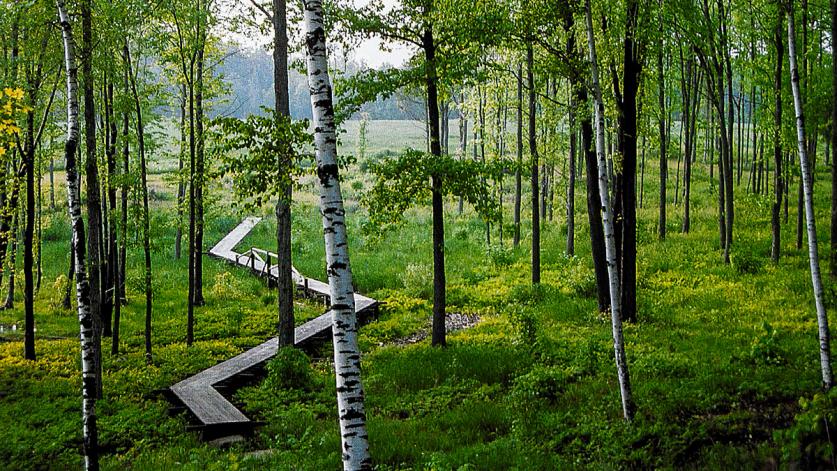
Child’s legacy endures as much in her sensitivity to materials as in her emphasis on spatial experience. She was a masterful horticulturist with a vast knowledge of plants and 30 years of gardening experience, often using unexpected plants in unorthodox places. For example, at South Cove, multi-stemmed honey locusts dot the landscape’s dune-like topography and a visually dominant yet physically inaccessible island harbors groundsel shrub, capturing a familiar image of brackish shorelines.
Child received numerous awards in recognition of her work. Within ten years of graduating from Harvard, her firm garnered thirteen National Design Awards from the American Society of Landscape Architects (ASLA). She was inducted as a Fellow of the ASLA in 2011. She lectured widely at symposia and schools of design throughout her career, inspiring her students and the public with a compelling narrative of design. Susan Child died at her home in New Haven, Connecticut, on November 13, 2018.



